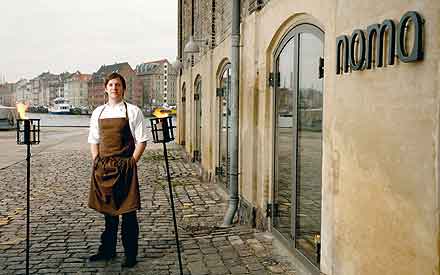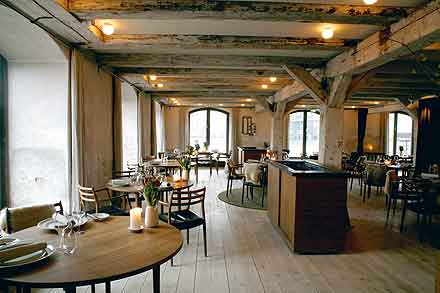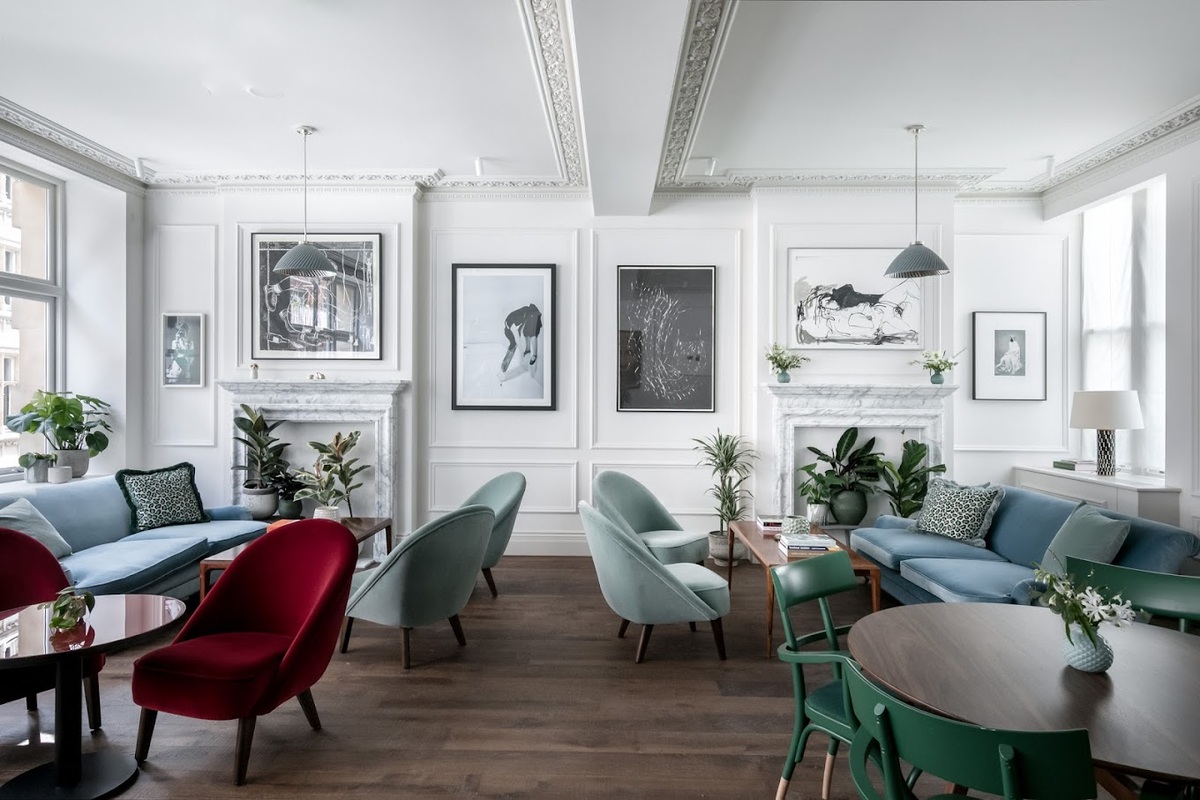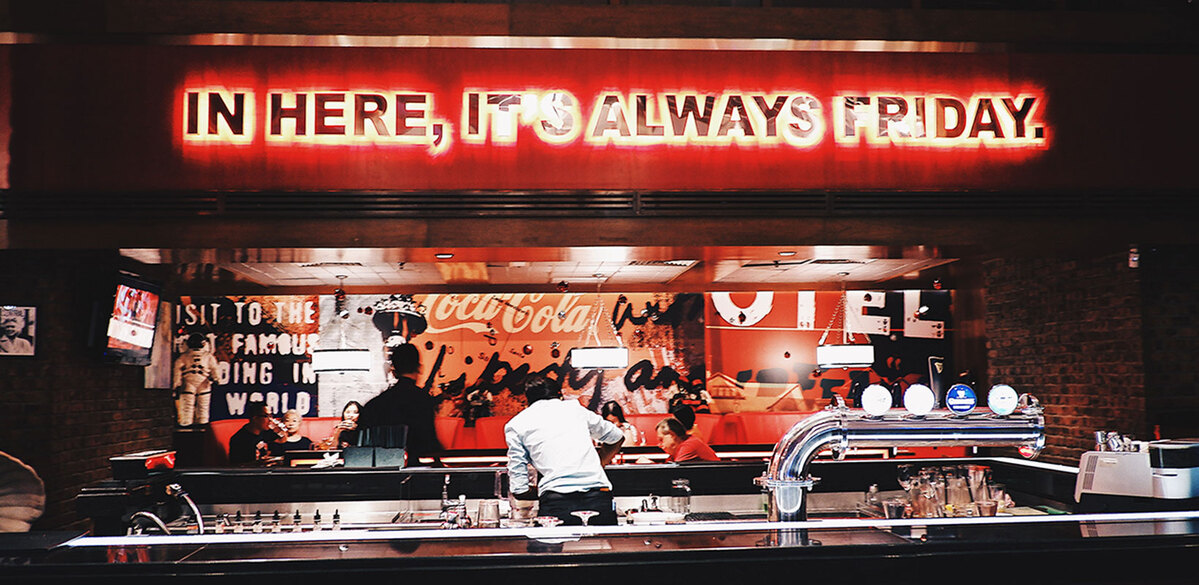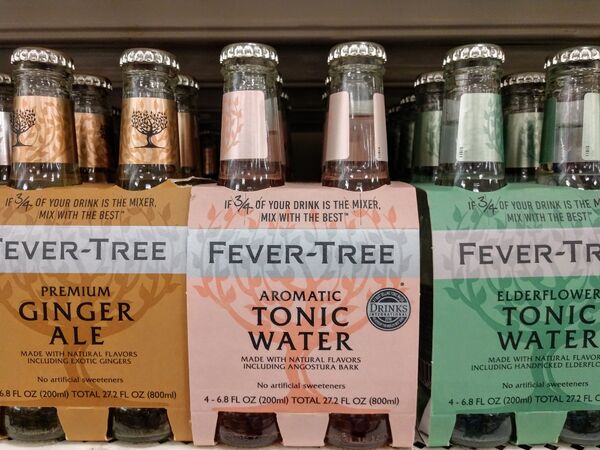René Redzepi – the greatest Dane?
His restaurant was recently voted the best in the world, but just two years ago René Redzepi, chef-patron of Noma in Copenhagen, was receiving hate mail and being spat at in the streets after a fly-on-the-wall TV documentary. Joe Warwick reports.
You could forgive René Redzepi for getting a little bit carried away with it all. With his restaurant (Noma, for those of you that have recently awoken from a lengthy coma) voted the "World's Best", his reservations book bulging accordingly and an international tour in support of an ambitious new book about to get under way; you'd think there might be signs of it all going to his head. That there are not is a credit to his determination to remain grounded, despite having entered the upper echelons of an industry where, at that level, all too often chefs' heads swiftly disappear up their own backsides.
It's perhaps because he knows only too well how swiftly things can change. Unbelievably, just two years ago the poster boy for "New Nordic Cuisine" was being spat at on the streets of Copenhagen.
It was in reaction to a warts-and-all, fly-on-the-wall, documentary called Noma på Kogepunktet ("Noma's Boiling Point") shown on Danish national television that made headlines for Redzepi and Noma for all the wrong reasons.
"We were asked in February 2008 if we were interested in doing it and at the time I was very, very nervous about accepting," he recalls. "But the programme was to be on DR1, which is the Danish equivalent of BBC 1 and this was in the middle of the financial crisis and we'd been hit hard. We were down on numbers and had lost 20% of our business. These people were telling us we'll be shown for one hour during prime-time on national television, so we decided that we couldn't say no."
The film crew shot for five months and in the end it all got edited down to one 50-minute programme.
"I saw it the day before it aired and I thought it was quite tough, but I had no idea that it would get the reaction that it did," he says. "When I think about it now, I understand why they edited things the way they did. What does the average viewer want to see? Do they want to see something intense about how we are working to develop a dish? Who wants to watch that - other than extreme nerds and other chefs?
"When it comes to chefs on television, they're either making lots of stupid jokes all the time or else they're bastards. You're either portrayed as a joker or an angry perfectionist who says, ‘If you don't get it right, I'll cut all your hands off.' Either you're a clown or you're a tough guy. And I got portrayed as a tough guy."
So what exactly did he do? "I basically called a guy an idiot. I said, ‘What are you doing, you idiot?' but in a hard way, of course. But the thing with television - and I thought most people would realise this - is that these are scenes taken out of context. You only see me for a few minutes with a guy. They don't see us later giving each other high fives after service.
"The whole thing was crazy, negative. People spat at me on the street, hassled my wife in shops," he recalls. "What happened in those six months I wouldn't wish on anybody. My whole world melted down. People cancelled their reservations and on top of everything I was the most hated person in Denmark - or at least that's what it felt like. I was on the cover of B.T - something like The Sun in the UK - the headline was, ‘The devil disguised as a chef'," he laughs. It's the sort of laugh that says he still finds the whole thing hard to swallow.
"I had an inbox filled with hate mail. It came from everyone, from concerned mothers who thought I was a prick, to racist bastards that said I should take my foreign blood back to the Balkans."
OUTSIDER Before I'd heard this story I'd not considered the idea that Redzepi, the son of an immigrant Macedonian Albanian father and a Danish mother, was driven creatively and has been able to achieve so much because he was an outsider. Before this happened, had he encountered much prejudice in Denmark?
"I've never felt it personally but in the restaurant trade I've always felt like Noma was an outsider, first in our own little country and then in a larger sense. Very few times in my private life have I felt like an outsider: once in a while I have been deleted from waiting lists for apartment complexes because my name isn't Danish. Apart from that I've always felt a part of society, treated equally and with the same opportunities as everyone. But when the restaurant opened, it was different."
When Noma opened in 2004 on the waterfront at Christianshavn, in an old warehouse that had been used to store whale blubber and other products from Greenland, Iceland and the Faroe Islands, some of Redzepi's fellow Danish culinary professionals decided it would be funny to deride the restaurant and the idea of using only seasonal Nordic produce. They suggested he and his brigade slept with seals and were in fact whale willies. There is, as I'm sure you can imagine, a better translation of both insults.
"When Noma opened, everything was still very French - although the Spanish movement was coming in and those sorts of ideas and techniques were starting to show up," he says.
"Of course, you could say I'm inspired by that Spanish movement but for me that inspiration was more about a feeling and a sense of freedom. That feeling is what I've used to set up this whole place. Before that it was just impossible for anyone to dream that a restaurant in Denmark could be considered to be one of the most important in the world, or that it would achieve that simply by using cauliflower, lingonberries and sorrel - ingredients that perhaps don't sound like they belong in high gastronomy - and by working with Nordic culture."
UNDERDOG
Noma's success, the rise of what Redzepi describes as "the gastronomic underdog", has long since silenced the jokers and has inspired other chefs to plough a similar Nordic furrow.
"I don't want to say that there are chefs doing the same thing because that makes it sound like they are copying the dishes. But there is now a common train of thought and I'm proud of that - really proud - especially to see how many clever chefs there are in our part of the world. But in general I think it's something you now see at any top restaurant and I think if you're not now incorporating nature and in close contract with a grower, then you're not even considered serious somehow. This has become a way of being in serious cooking. Often things are still French in terms of the culture of dishes but the ingredients have changed, they've shifted."
Noma is permanently booked out and they now take reservations only three months in advance. "At the moment it feels like we could fill the restaurant 300 times over if we had the capacity," Redzepi says. "On the first of each month we open another for bookings. So on the first of October we open the book for January next year and, at the moment, within a week we're completely booked for lunch and dinner."
The restaurant's success also means he no longer struggles to find staff willing to make the move to Copenhagen. "For the past two years we've had an incredible quality of applications; and I don't necessarily mean that we only get people coming from three-Michelin-star restaurants. We get very open-minded people who are ready to take in a new region and a new way of looking at things and they attack it with such a big commitment," he says.
"I prefer not to employ Danes in the kitchen because most of the Danish chefs are like the Danish TV viewers: they seem to think that it all comes by magic somehow, that food is like something in a stupid movie from Italy where the whole village is dancing all day and there's a mother stirring a giant pot and someone cooks some pasta and it's all the best ever…" he laughs again; it seems, understandably, he can't help himself having a pop.
**
**
PRIVATE DINING The upstairs of Noma has recently been renovated, turning the 120-cover banqueting room that for its first five years was the restaurant's bread and butter into a combination of 10-cover, private dining room, more kitchen space and a staff dining room.
Outside the restaurant in the harbour sits a boat that has been converted into a test kitchen. "It's a foundation, we set it up as a non-profit organisation and there is a board that takes care of it," he explains. "They're in charge of it and if they decided that we weren't good enough any more to look after it and control it, even though we started it and put in the initial money, we'd be out. The whole purpose of the boat is to work with products from our region. It's like a sort of think-tank for gastronomy in our region and then, of course, we have first access to the knowledge, although everything is shared."
It doesn't strike him as strange that, despite all the success and recognition from elsewhere, Michelin has not yet awarded Noma a third star.
"At Michelin they take their time more," he says. "It is still a very new thing that's happening here. I think before they go ahead and give their ultimate recommendation to any restaurant they need to see the full maturity of it. Whereas with "The World's 50 Best" they pick up on trends much more quickly."
As ambitious and driven as Redzepi undoubtedly is, you get the impression he's not in a hurry because, without coming across as arrogant, he knows it will come. And, although you'd be foolish to bet against Michelin raising Noma's star-rating this year, if it doesn't you can be sure Redzepi will take it in his stride. He has already achieved so much more than he once ever thought was possible.
"Before this happened, if anyone had said that one day a restaurant in Denmark where the chef is the son of a Muslim immigrant would be voted the best in the world, now that," he says, "that would have been a good joke."
René Redzepi is appearing in London at the Freemasons' Hall on 12 November to talk about his new book, Noma: Time and Place in Nordic Cuisine. For tickets and more information about the book go to www.phaidon.com
MAHOGANY CLAM, CUCUMBER AND PICKLED ELDERFLOWERS
"Since we stopped photographing for the book last November, we have already created 38 new dishes. One of my favourites involves using Mahogany clam.
It was a very difficult dish to create because you're starting with a shellfish that's around 200 years old. Each ring on the shell is a year and we've counted between 180 years and 218 rings - either way these are very old animals. I read about them four years ago and found out they were native to our part of the world.
In Iceland there used to be a huge production of them. They chopped them up and put them in cans of clam chowder for the American market. I'd been asking every fish supplier I know about them ever since. Then suddenly, earlier this year, one of them calls up and he says he's got hold of them.
It was very difficult to cook because I have so much respect for it because of its age. I wanted to make sure that I didn't put too much make-up on it so that it didn't feel real. So we played a lot with very juicy and raw flavours and kept things subtle.
All we do is slice it raw and serve it with cucumber seeds - which are very juicy and have a slightly iodised flavour to them - which I think is good for shellfish. Then we add elderflowers, pickled for a year, to give it aroma and to break down the iodised intensity of it."



